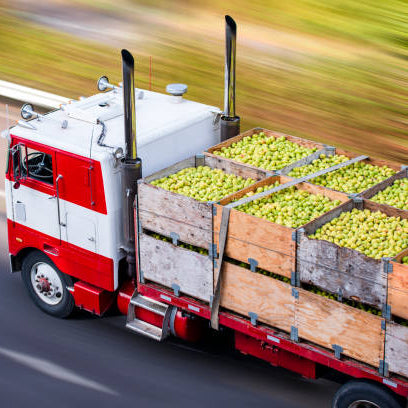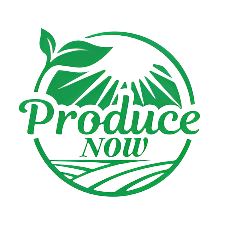
The Zero Mile Promise
Food shouldn’t travel thousands of miles to reach your plate. With our Zero Mile Promise, produce is harvested locally and delivered within hours—fresher, healthier, and better for the planet.
-
The Average Journey of Conventional Produce
In the U.S., most fruits and vegetables are not grown locally. Instead, they travel an average of 1,500 miles from farm to grocery shelf — a journey that typically takes 5 to 7 days and often much longer depending on the season. During this time, produce is harvested early, packed in bulk, stored in refrigerated warehouses, and shipped across state lines before it ever reaches a store. Every mile adds to nutrient loss, food waste, and carbon emissions. By the time consumers buy it, produce is far from fresh — both in flavor and nutritional value.
-
Lettuce: A Cross-Country Crop
Nearly 70% of America’s lettuce supply comes from just two regions: California’s Salinas Valley (often called the “Salad Bowl of the World”) and Arizona’s Yuma Valley. From these fields, lettuce travels 1,500–2,000 miles by truck to reach markets in the Midwest, East Coast, and Southern states. To withstand the long journey, lettuce is harvested before peak ripeness and stored under controlled refrigeration, which slows but doesn’t prevent nutrient degradation. Studies show that by the time conventional lettuce reaches a family’s dinner plate, it can lose a significant portion of its vitamin C, antioxidants, and flavor quality.
-
Tomatoes: Picked Green, Shipped Far, Ripened Later
Most supermarket tomatoes are grown in Florida or imported from Mexico, and then shipped thousands of miles across the U.S. To handle these long distances, tomatoes are picked green and unripe, which allows them to survive trucking and warehouse storage without spoiling. Once they arrive at distribution centers, they are artificially ripened with ethylene gas, a process that triggers redness but does not restore lost nutrients or flavor. This conventional supply chain prioritizes durability over nutrition, leaving consumers with tomatoes that look red but often lack the taste, texture, and nutritional quality of truly fresh, locally grown produce.

